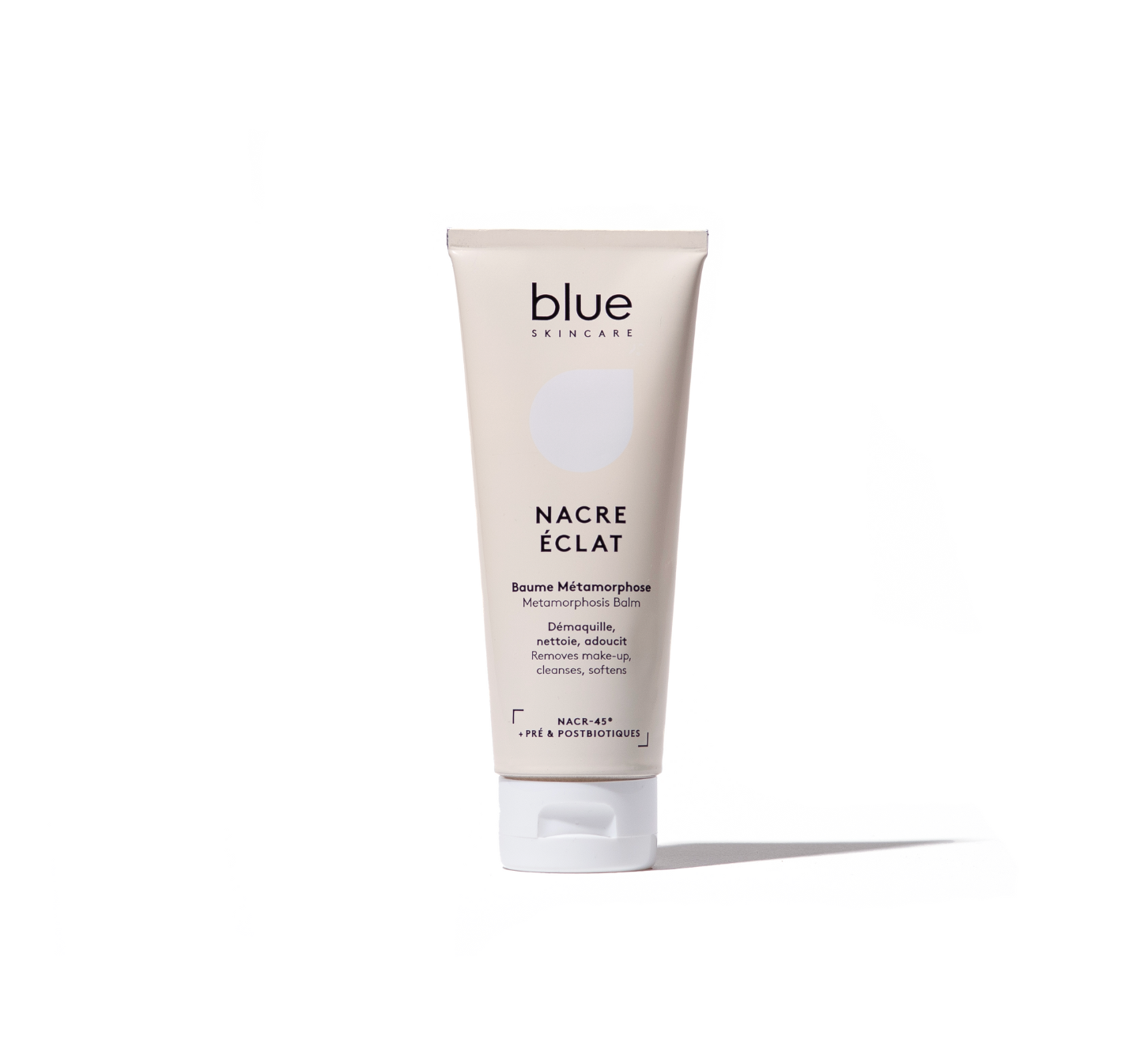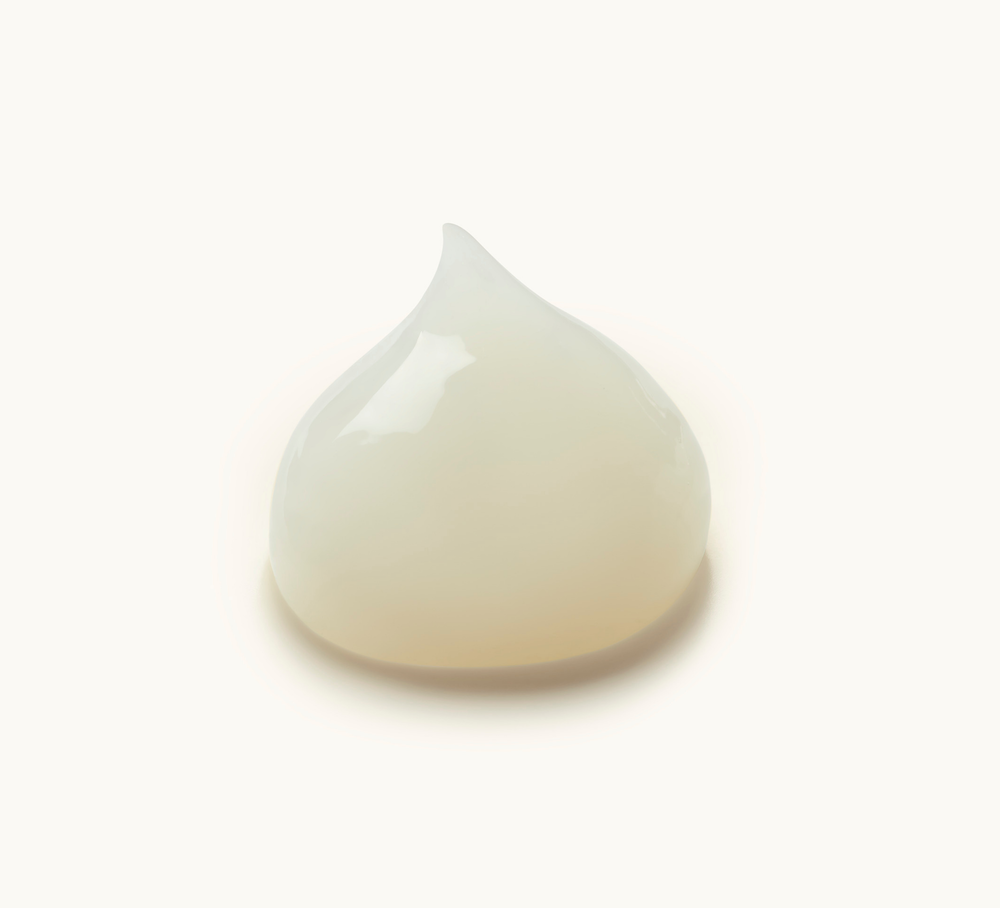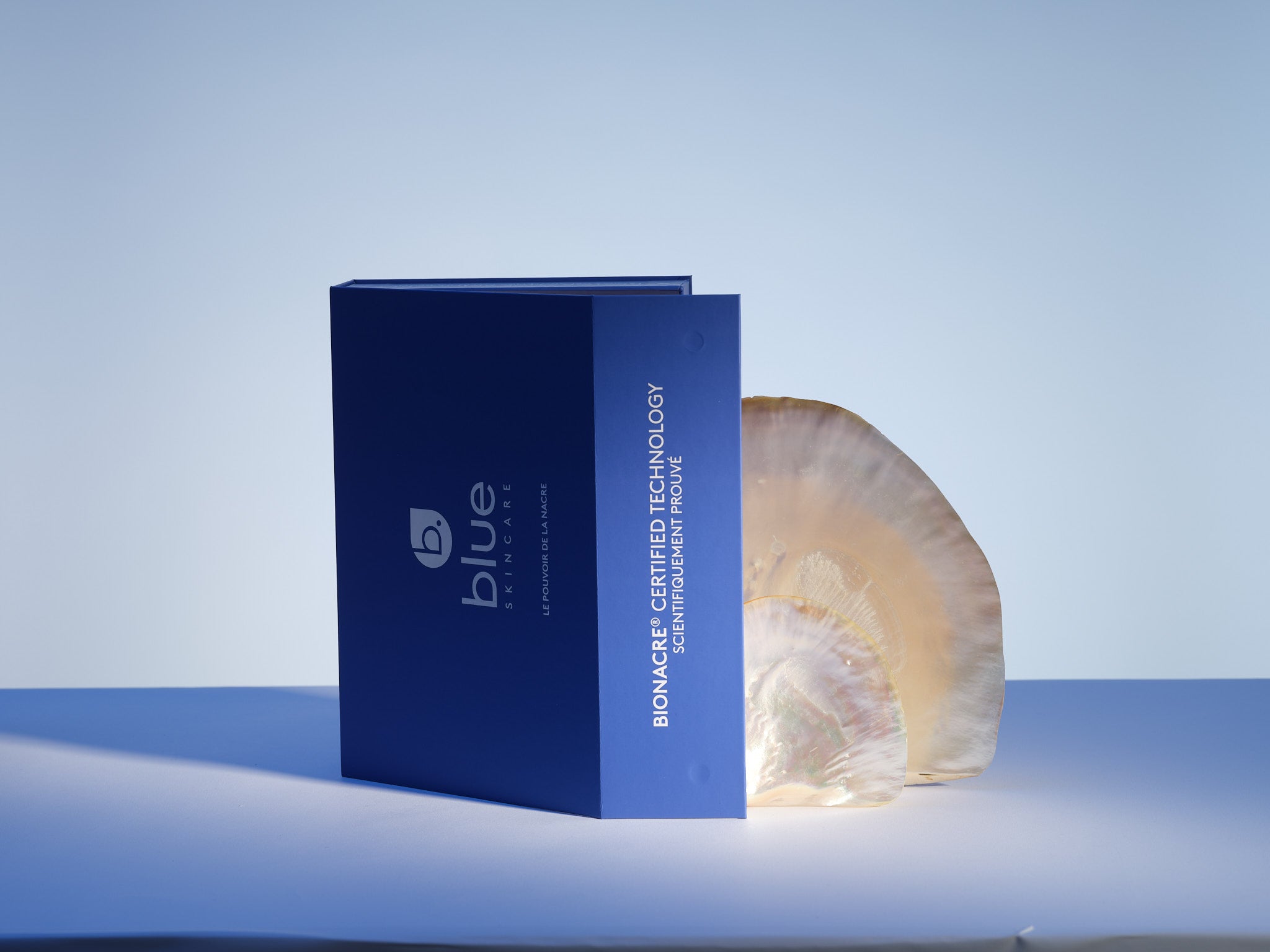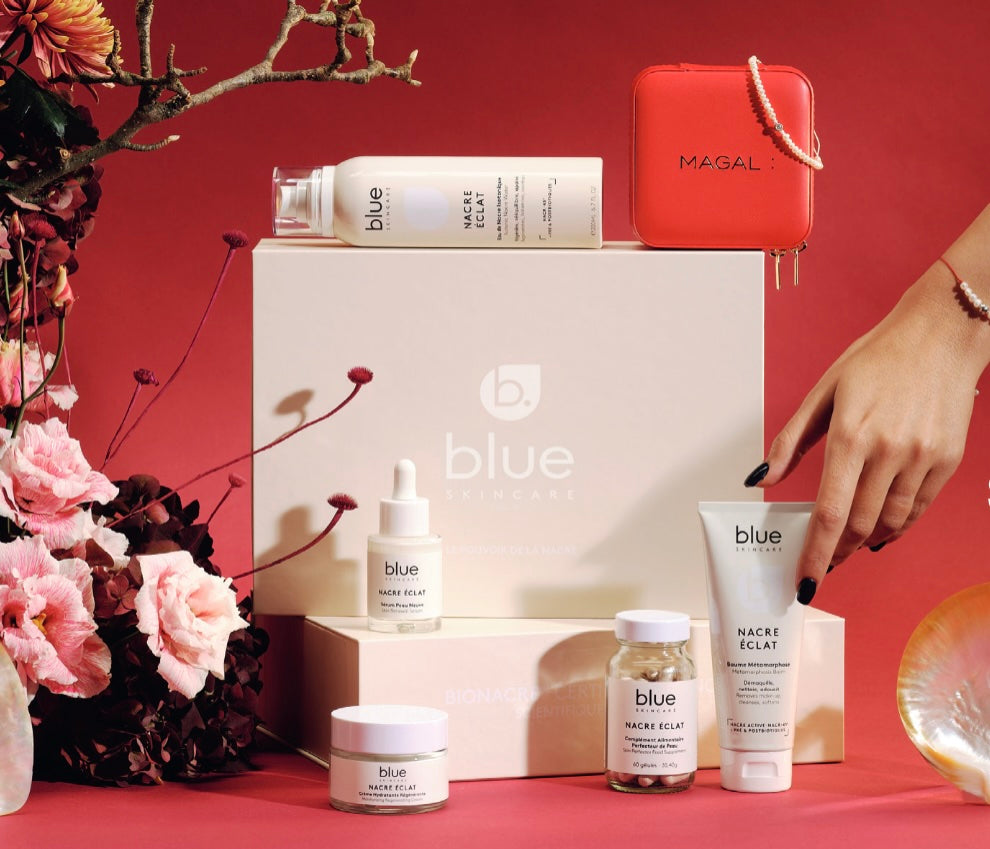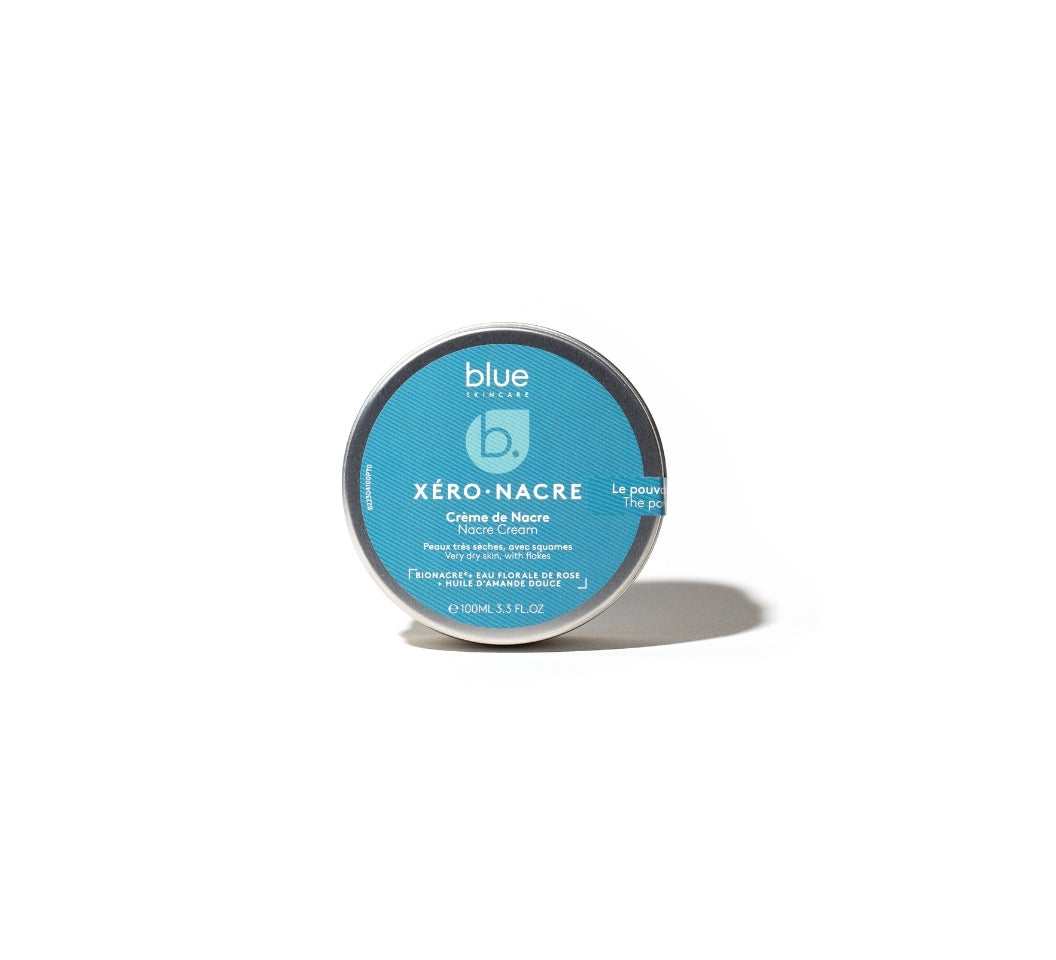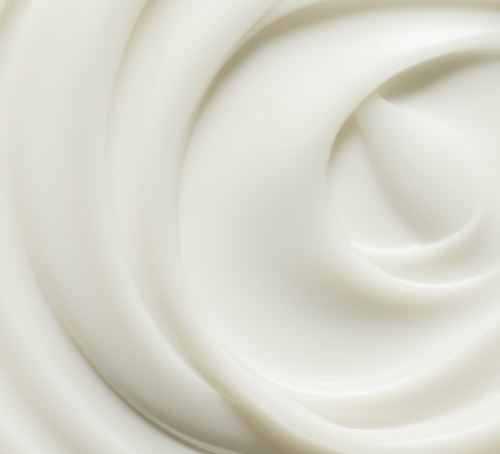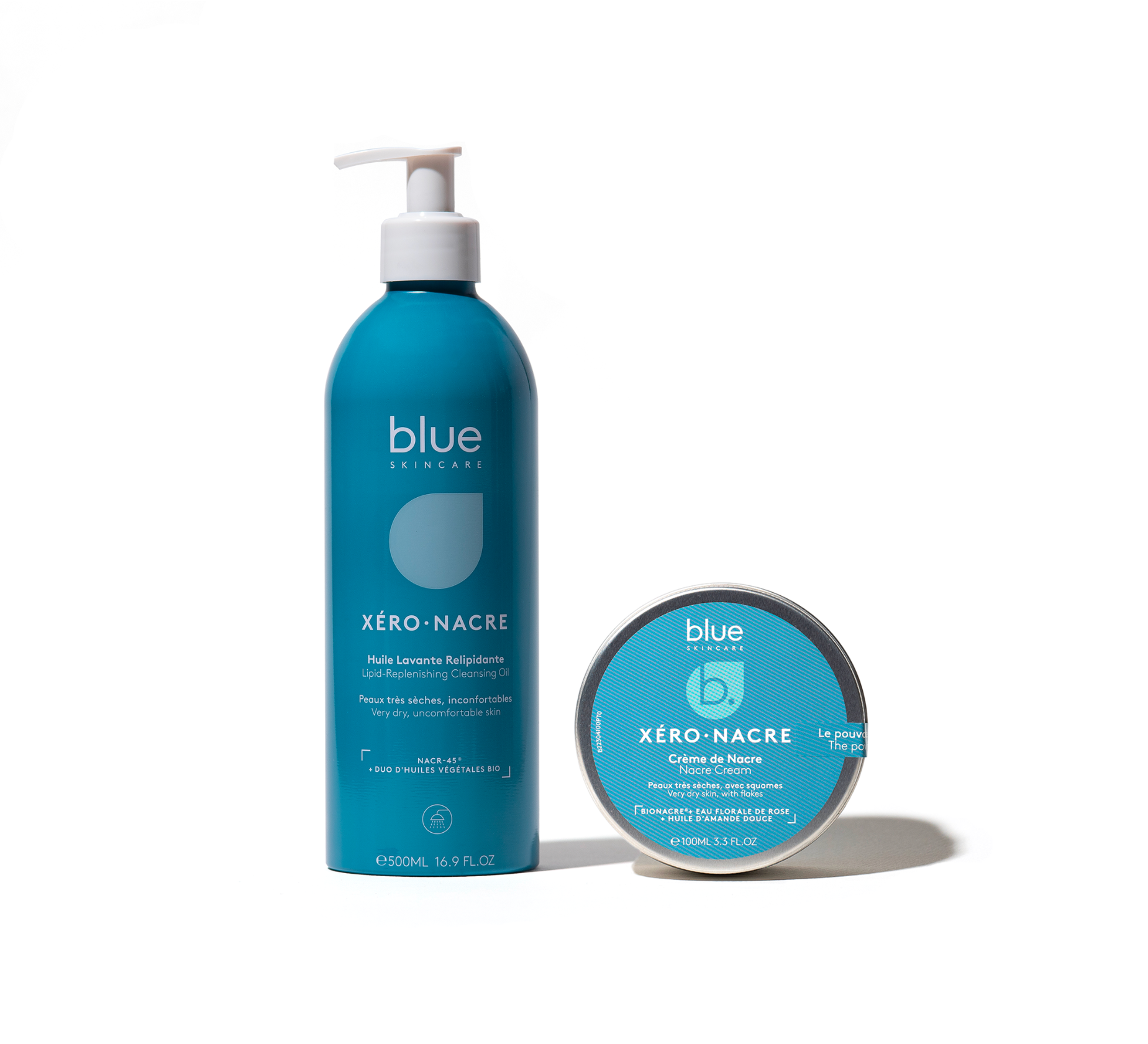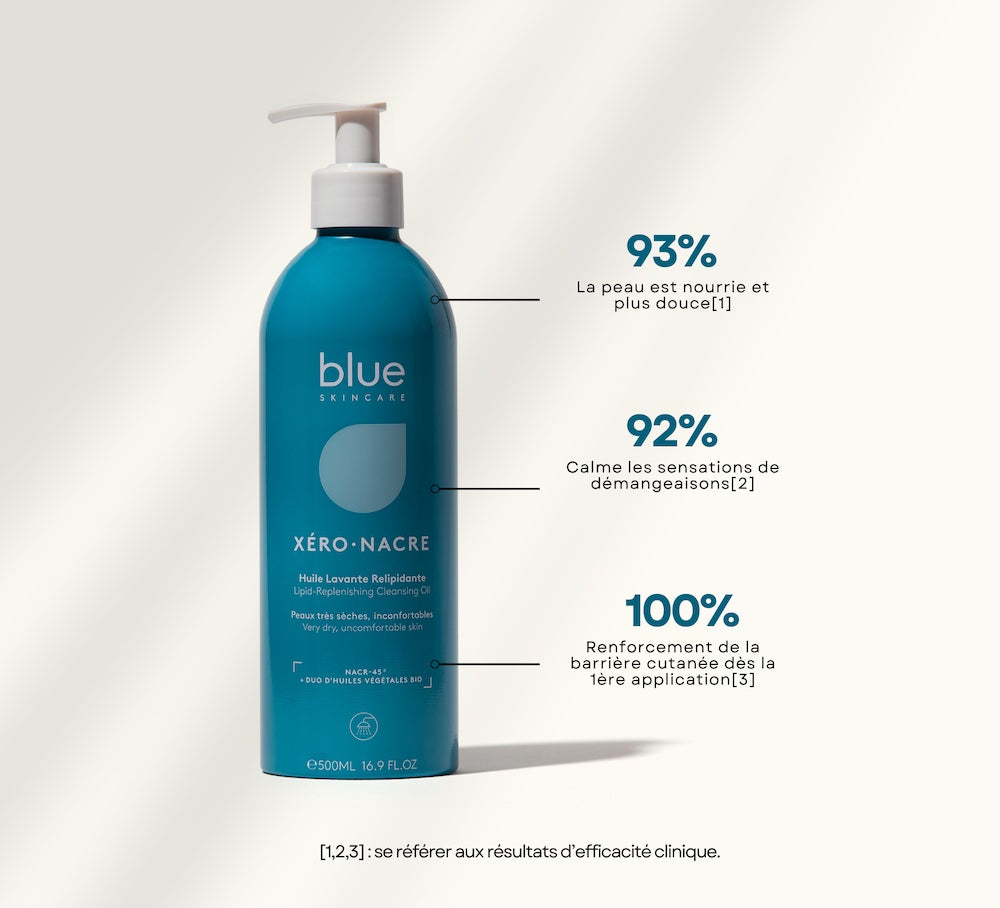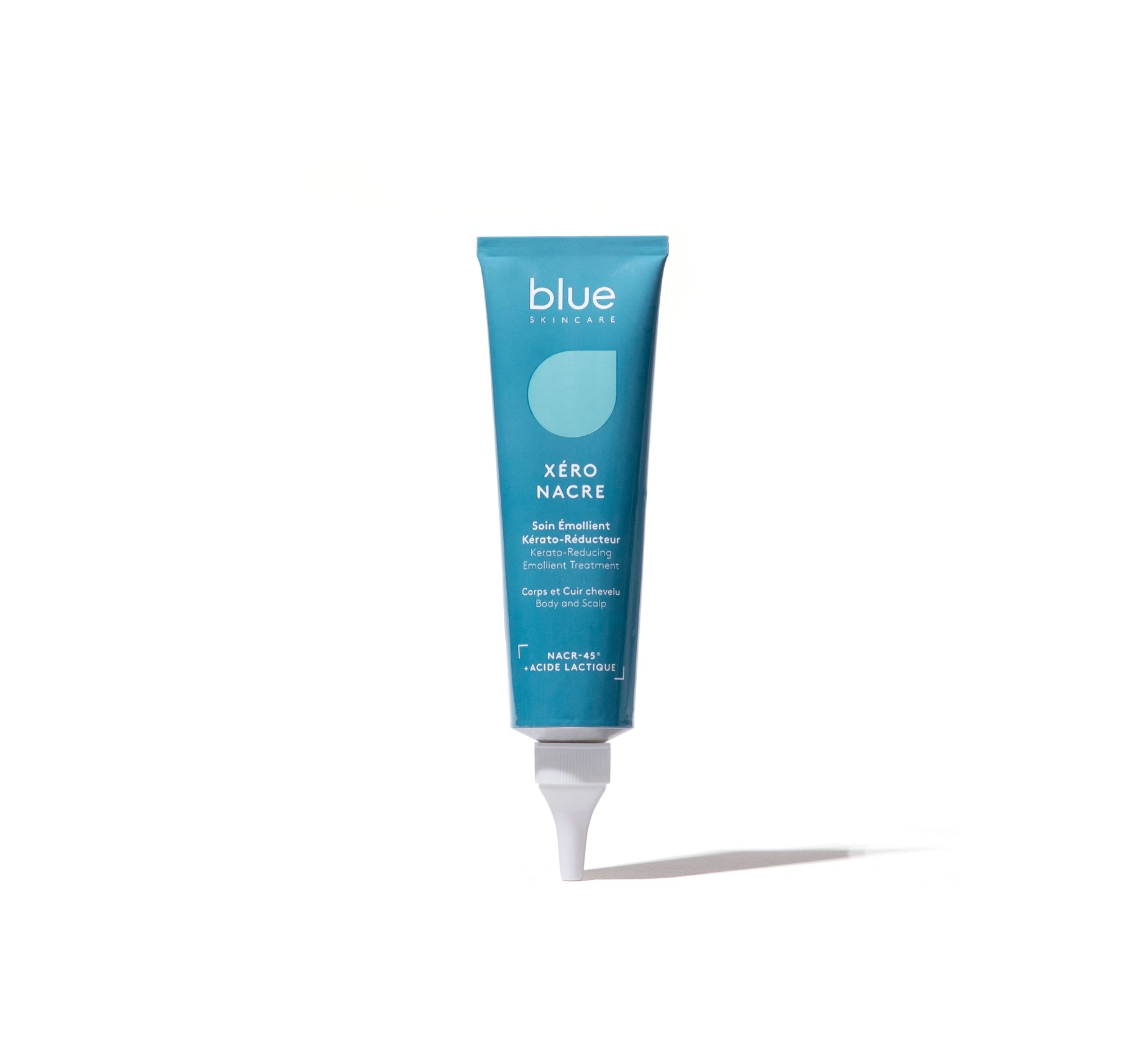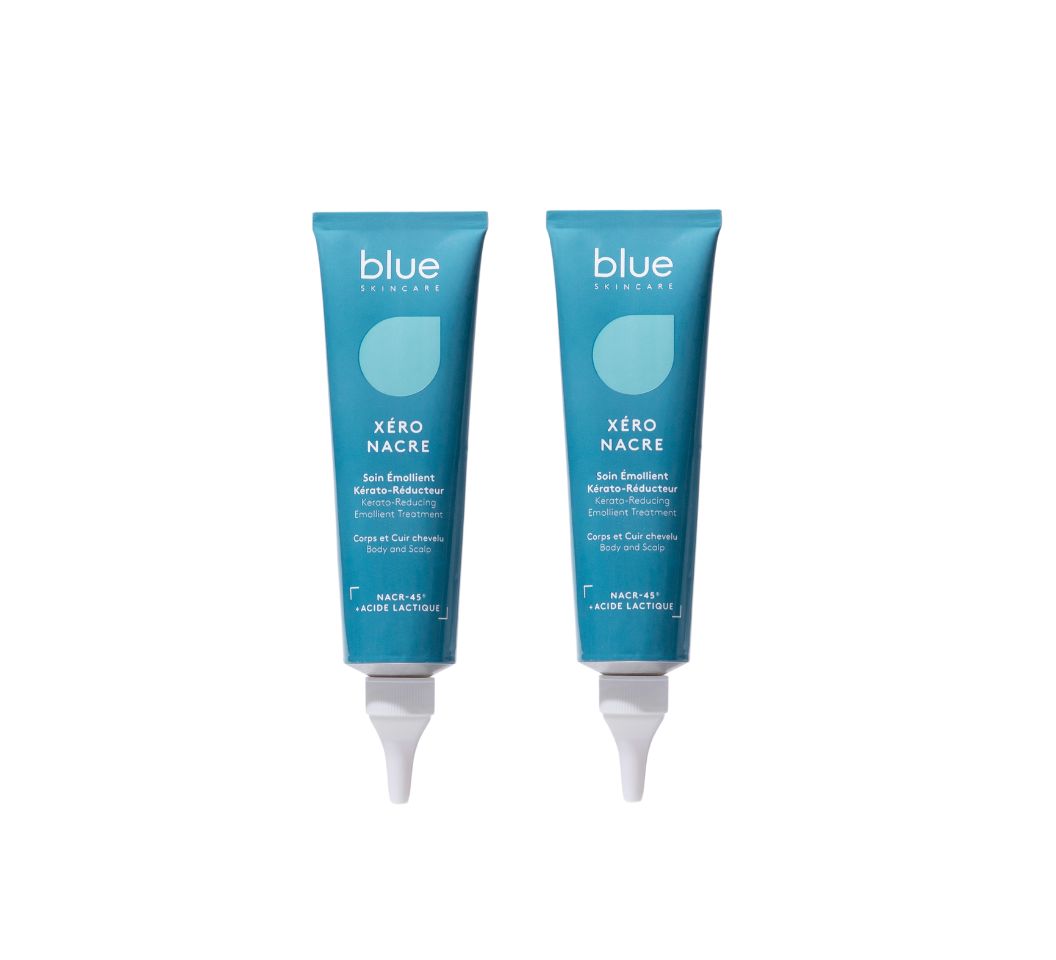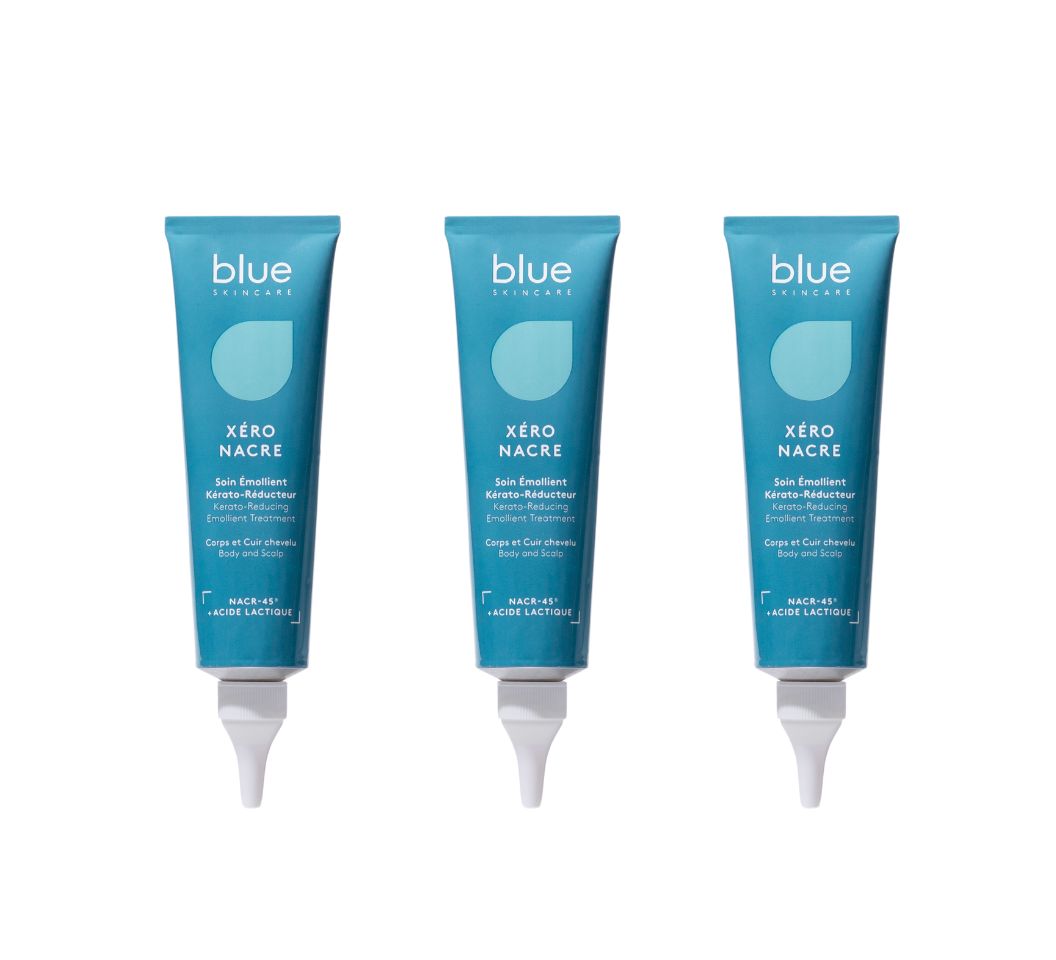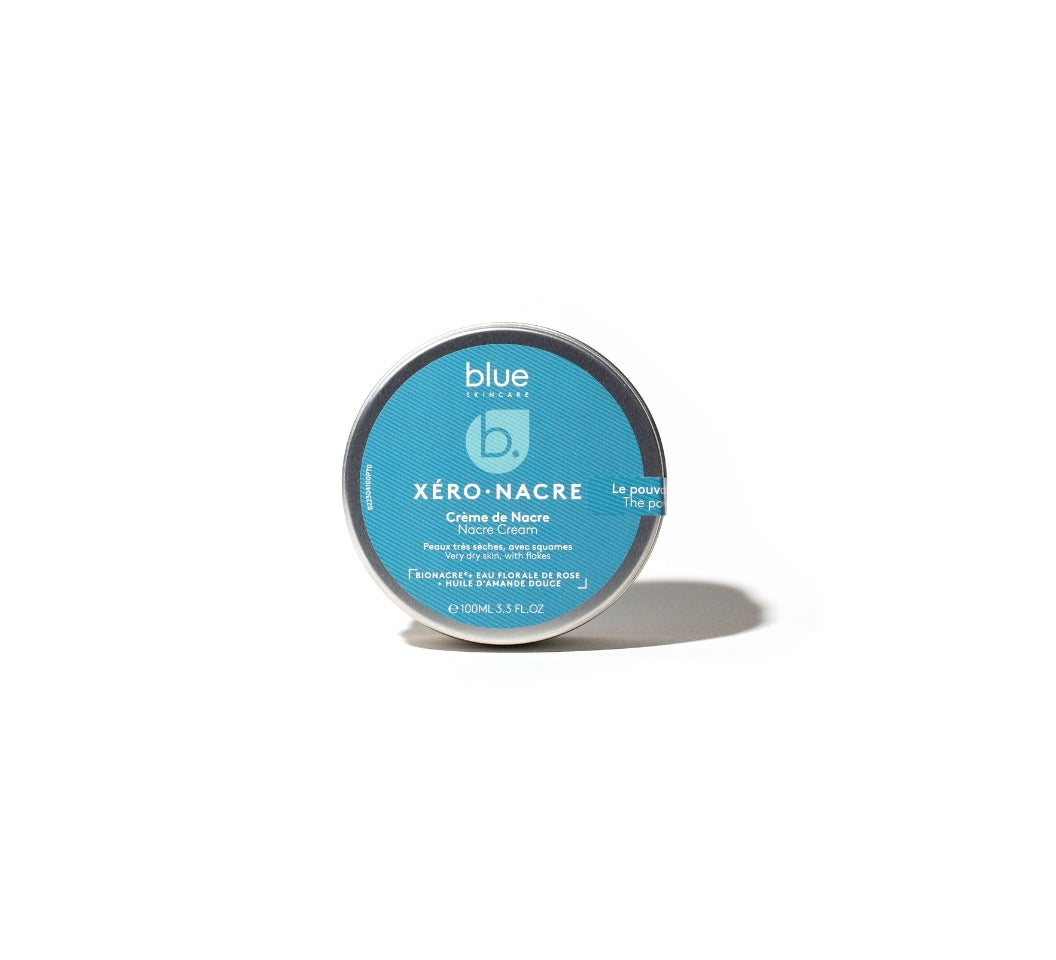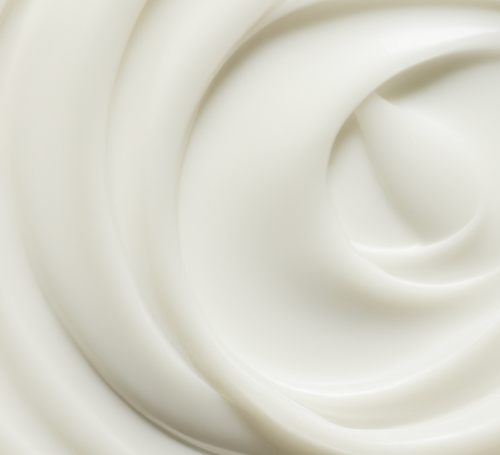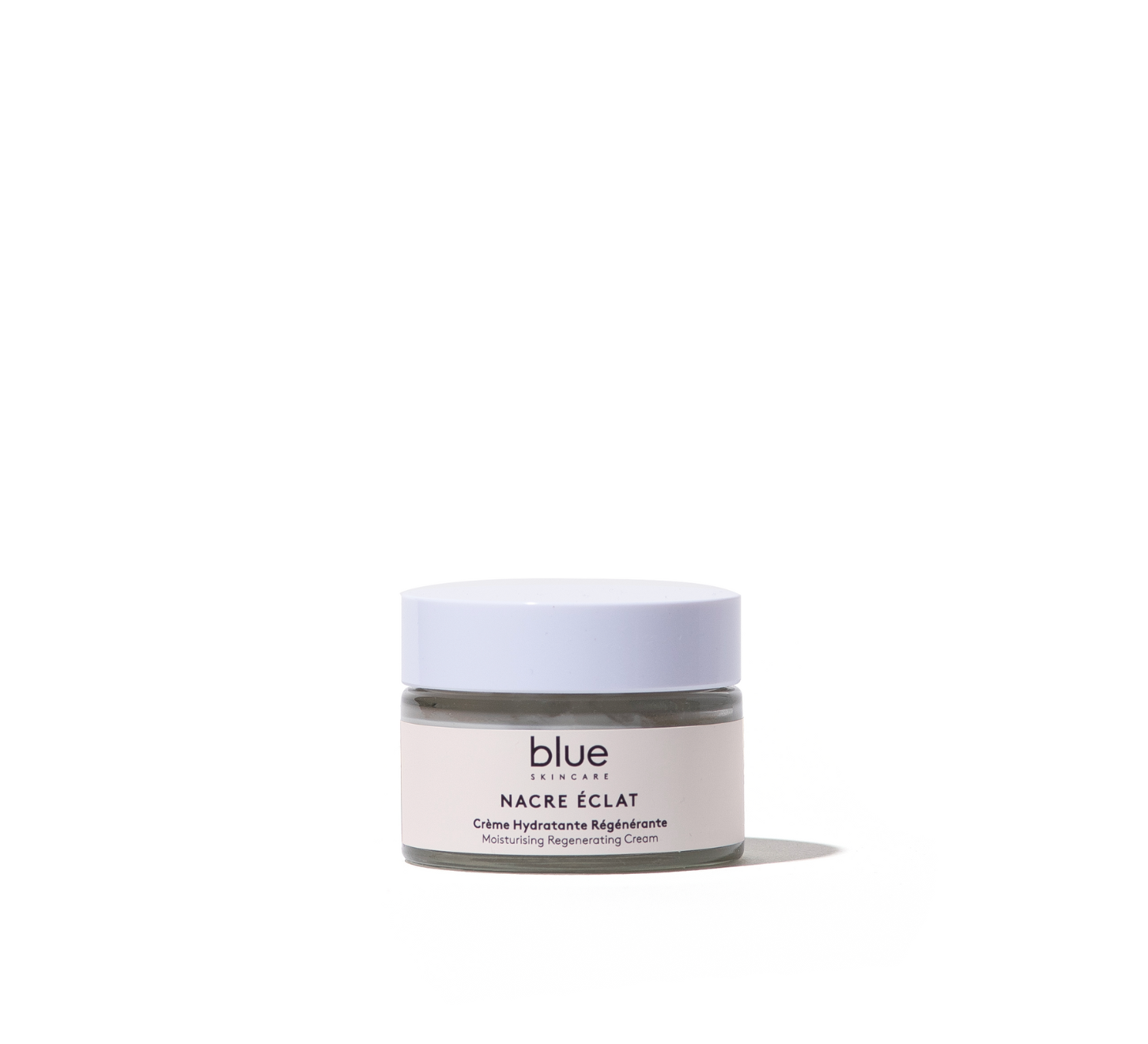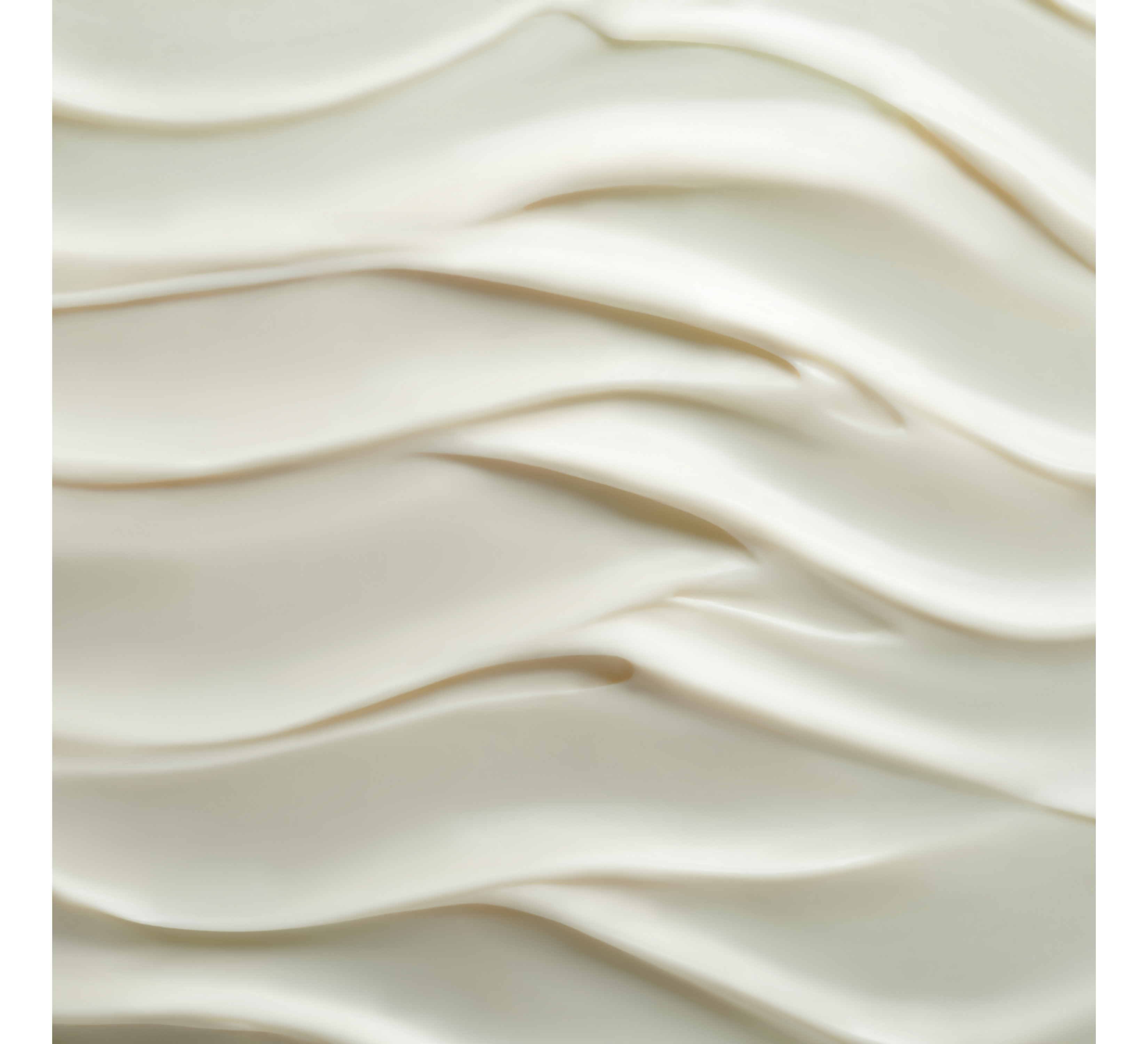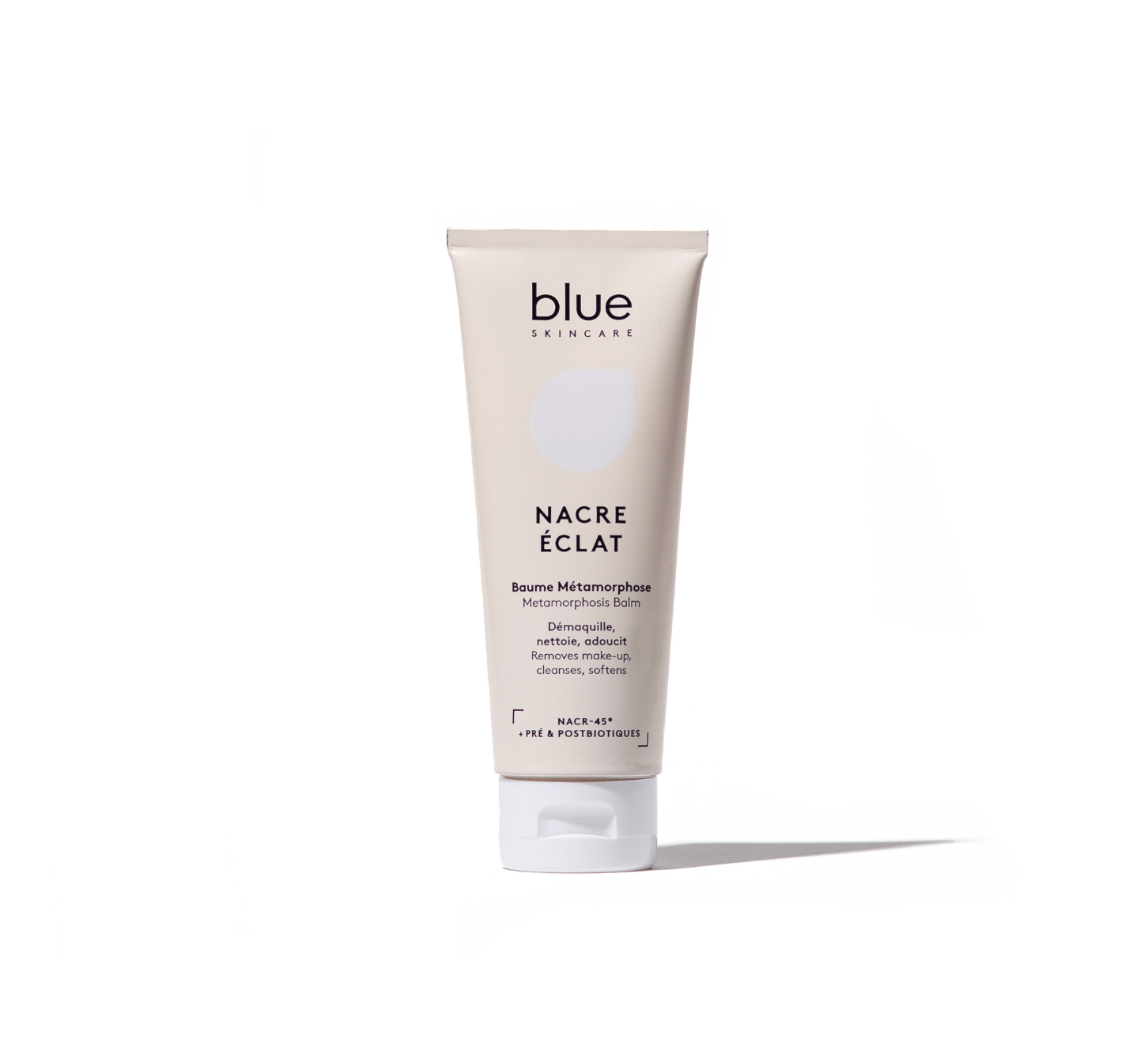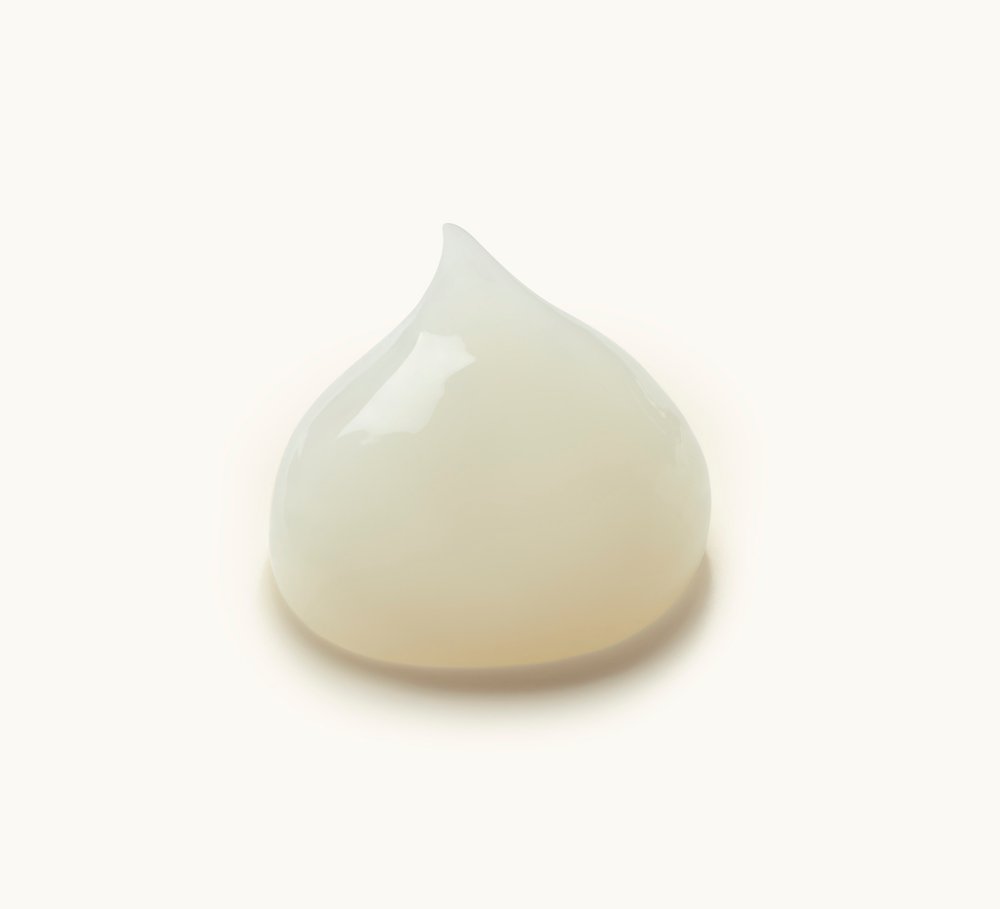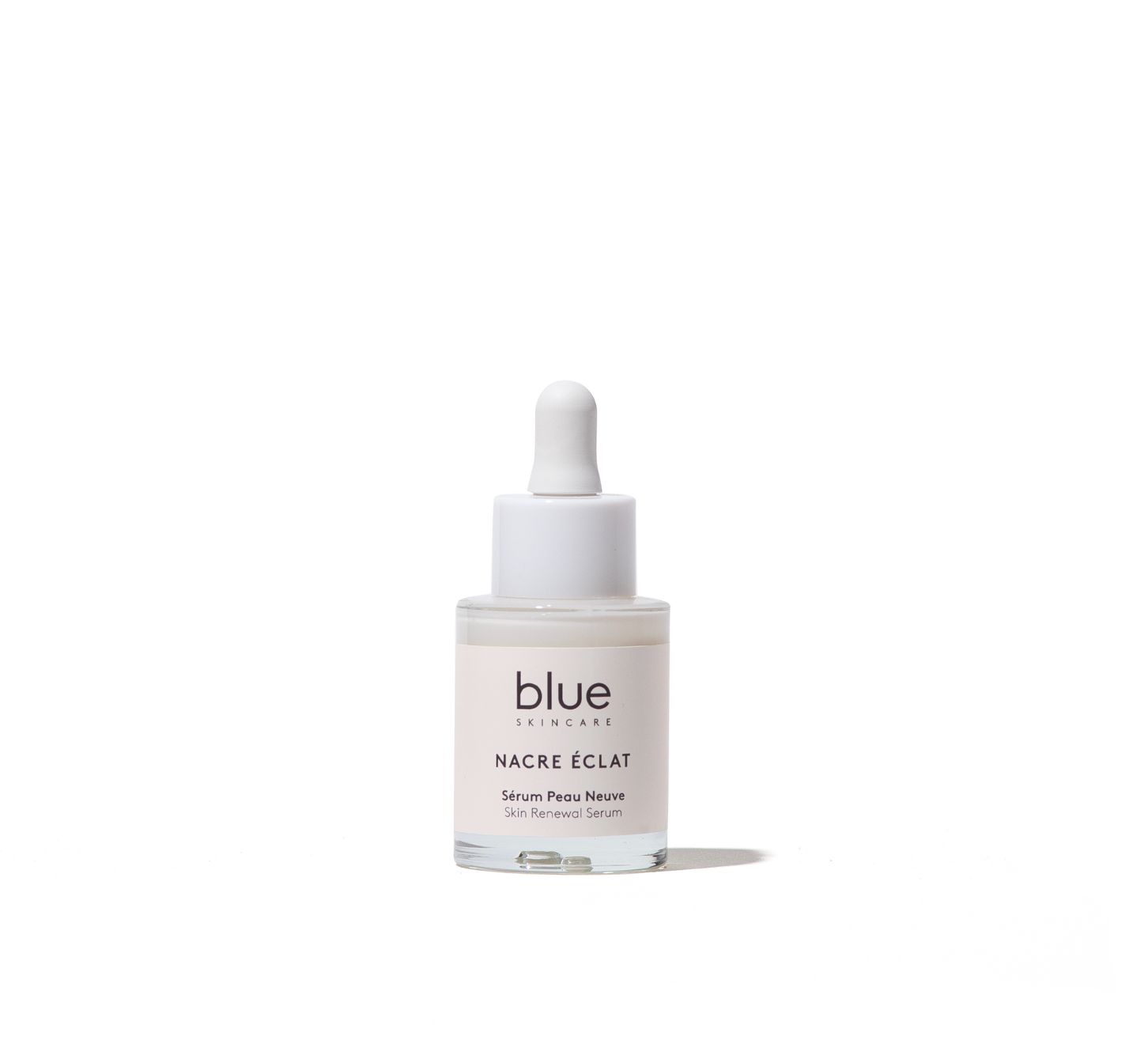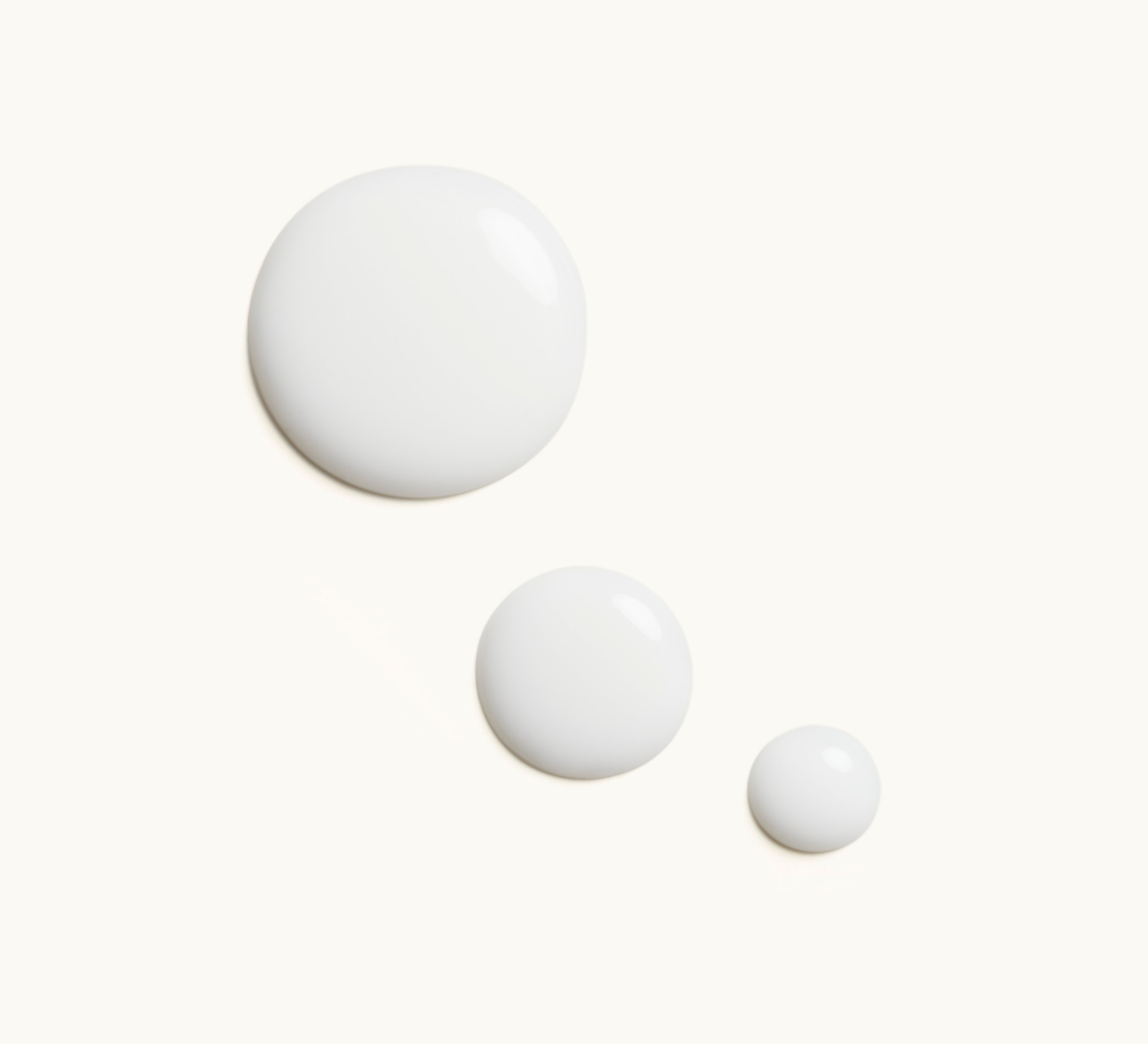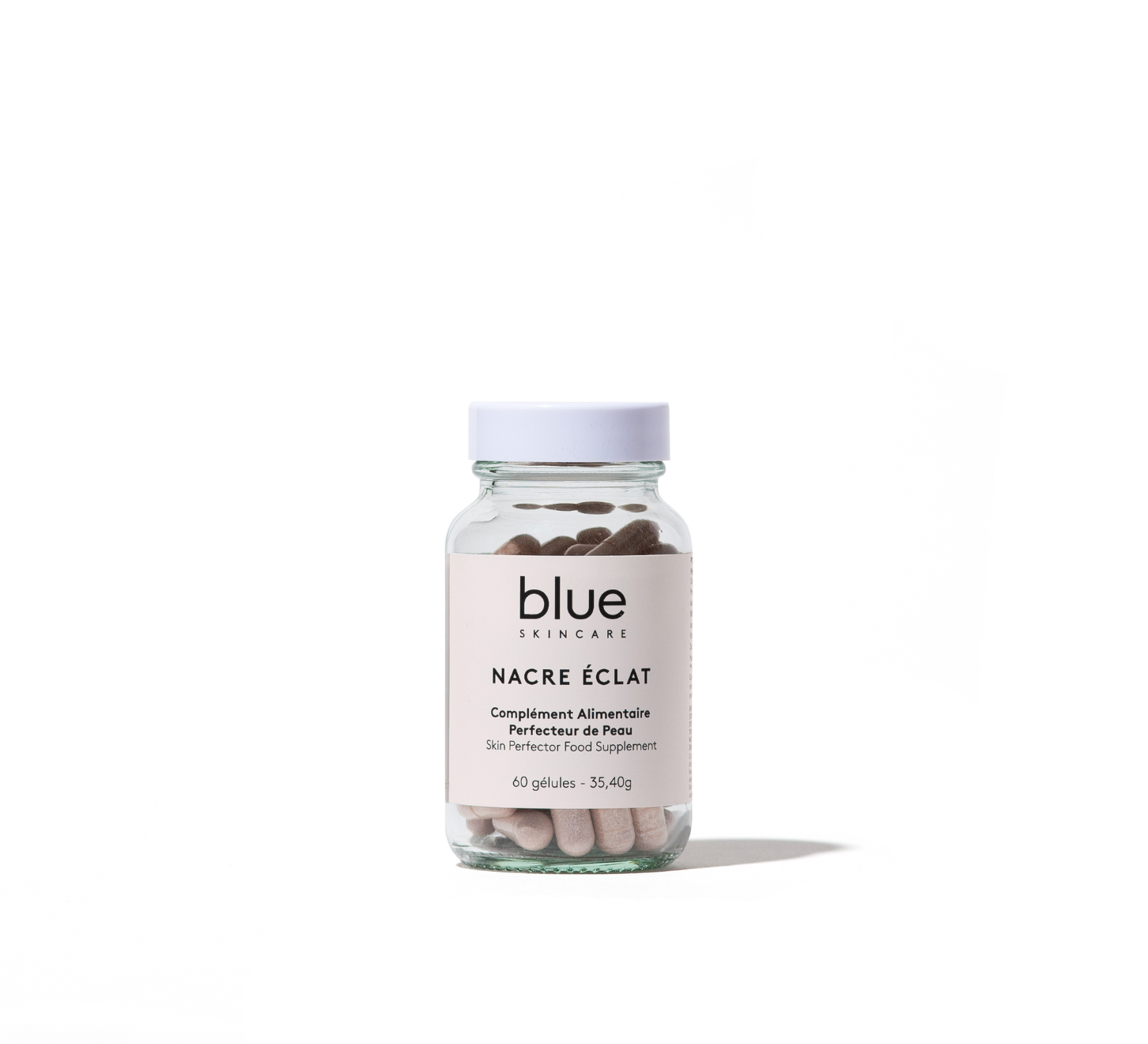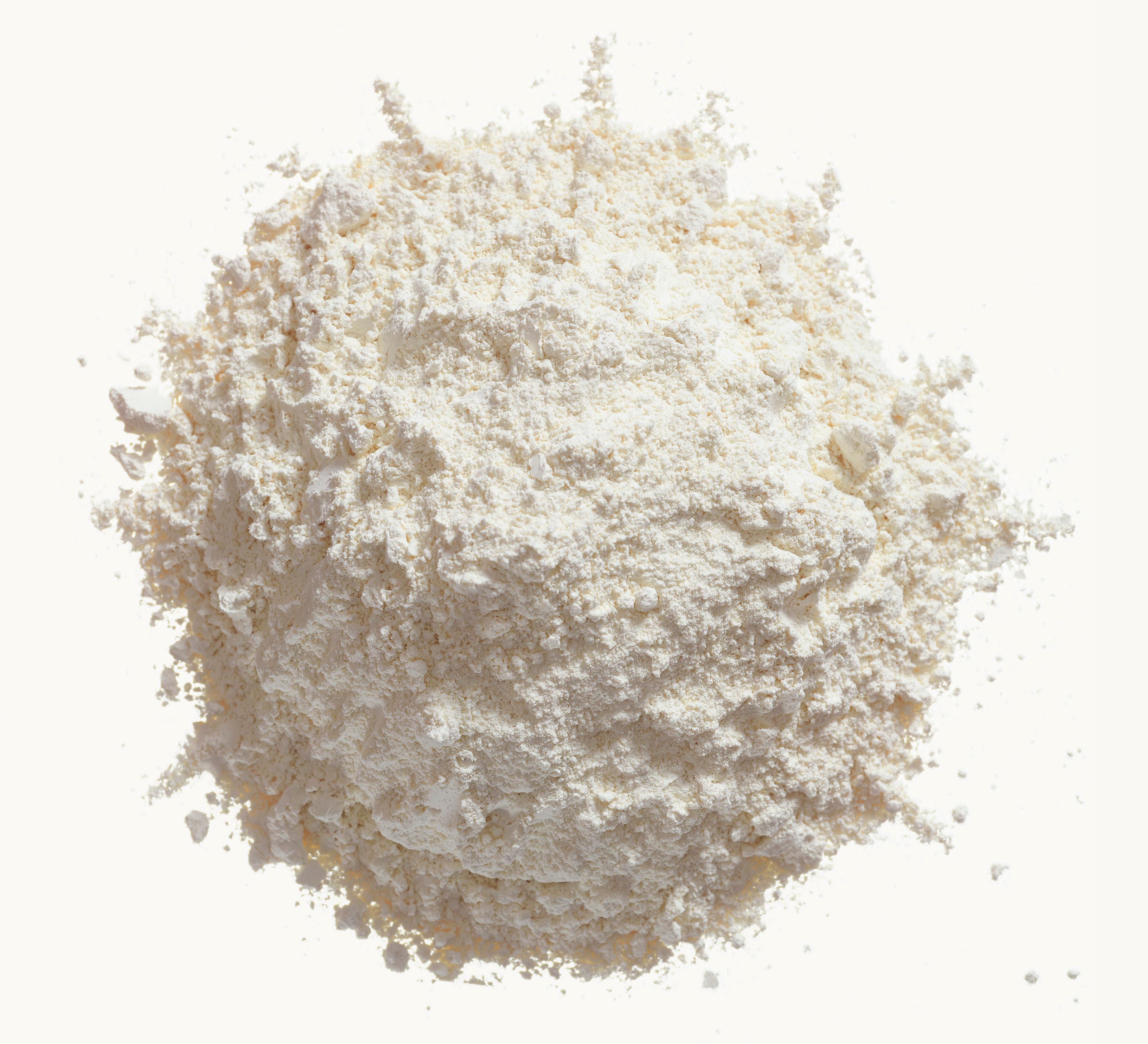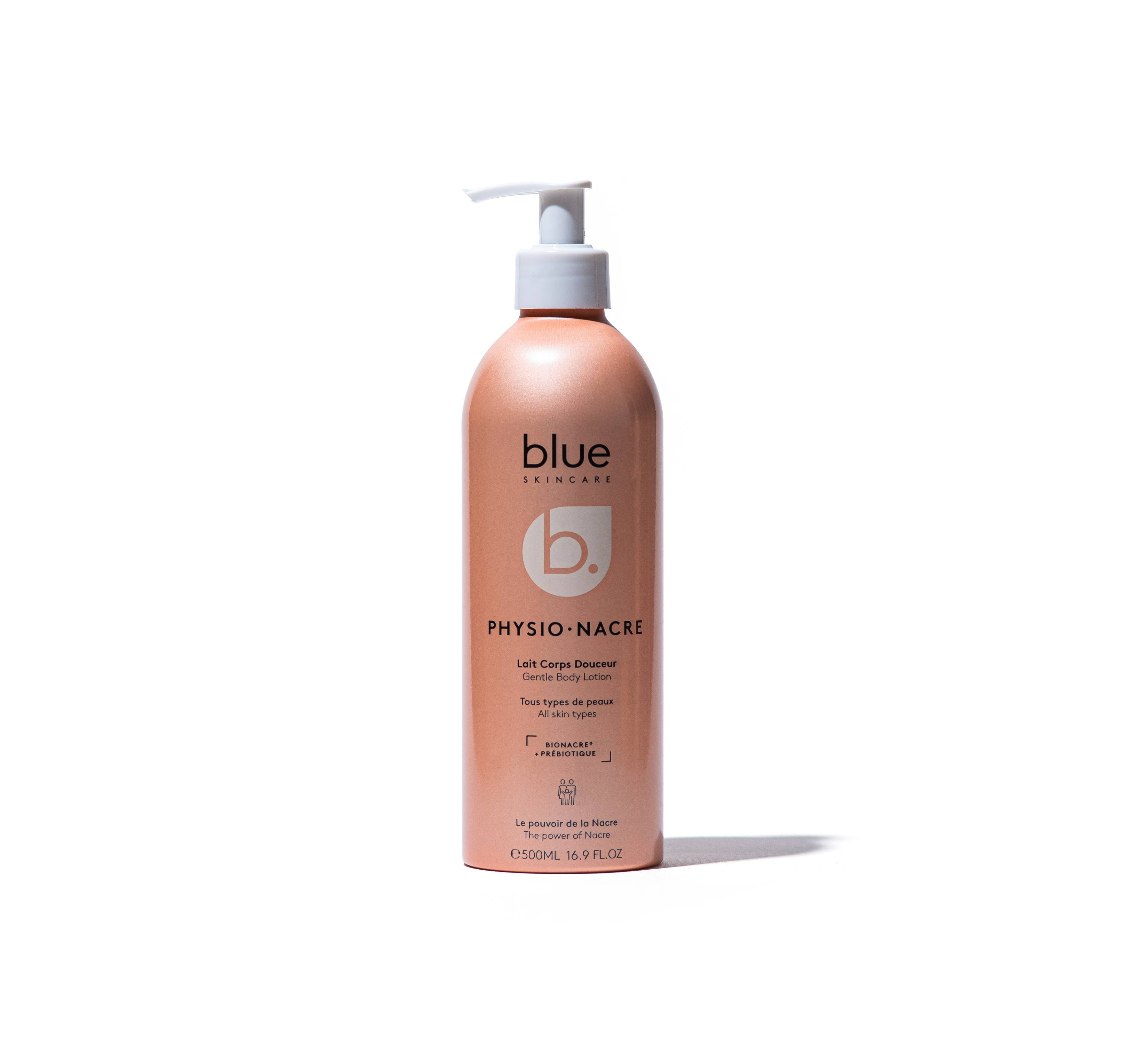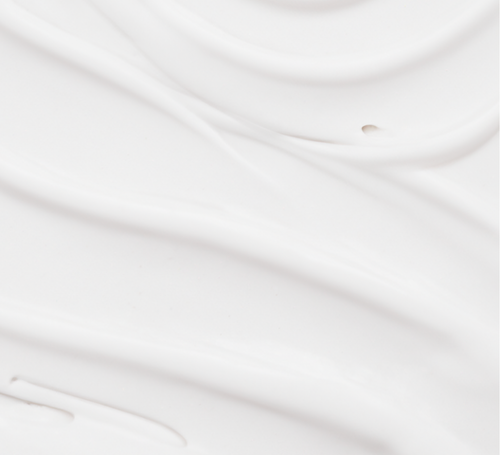Entre les lunettes de grandes marques de luxe, fabriquées par des géants du secteur type Essilor, Luxottica ou Safilo et les marques d’opticiens aux promotions alléchantes, y-a-t-il une place pour les lunettes écoresponsables ?
Si on est déjà passé à la slow fashion, en abandonnant les marques de grandes enseignes, on pense moins aux préoccupations éthiques et écologiques quand il s’agit de produits prescrits, comme les lunettes correctrices, ou même quand on veut s’offrir une paire de lunettes de soleil, accessoire de mode qu’on assortit à son look.
Quand on sait que plus de sept Français sur dix portent des lunettes – et trois adultes sur quatre les renouvellent au moins tous les trois ans – et que la majorité de ces lunettes sont en plastique (plastique injecté, acétate de cellulose ou Grilamid) ou faites d’un mélange de métaux (titane, aluminium, acier inoxydable, cobalt, nickel) et surtout, sont fabriquées en Asie, une démarche écoresponsable parait souhaitable.
D’autant plus que, dans la nature, une paire de lunettes classique met plus de 400 ans à se dégrader en laissant des produits polluants.
Des montures en matières recyclées ou biodégradables aux « écolo opticiens » soucieux de l’environnement, en passant par le marché des lunettes d’occasion, des alternatives existent, mais, comme toujours, elles demandent une démarche proactive.
Des montures en matières biodégradables
Afin de respecter l’environnement, de plus en plus de nouvelles marques utilisent des matières naturelles biodégradables pour fabriquer les montures de leurs lunettes. Parmi ces matières, on trouve le bois français labellisé FSC (c’est-à-dire issu de forêts bien gérées) et le bio-acétate. Certaines montures sont réalisées aussi en bambou ou en liège, en suivant des procédés de fabrication écologiques.
Le bois, matériau naturel

Apparues il y a une dizaine d’années, en France notamment avec la marque Waiting for the sun, les lunettes en bois ont le vent en poupe et gagnent du terrain sur les étagères des opticiens. Une matière éminemment naturelle, à condition que ce bois soit produit localement et ne soit pas traité avec des substances polluantes. On compte parmi les marques françaises en pointe sur ce matériau : Mou Sunglasses, des lunettes en bois basques ou In’bô en bois de Lorraine ; l’Ardéchoise Woodlun’s, utilisant chêne, châtaignier, frêne, hêtre avec des finitions en merisier, noyer, érable… et quelques bois précieux - zebrano, ébène et amarante -, issus du recyclage ; ou encore Shelter à Annecy, qui récupère du bois mort et façonne des solaires dans son atelier. La marque anglaise Bambooka utilise, elle, une espèce de bambou géant, qui donne des montures légères et solide et reverse ses bénéfices à People Empowered Preserved Earth qui soutient et enseigne la permaculture et l’hygiène. Et Hemp, comme son nom l’indique, utilise le chanvre.
Bio-acétate et bioplastiques
Depuis le début des années 2010, des bioplastiques créés à partir de maïs, d’huile de ricin ou d’algues sont utilisés dans la fabrication de certaines lunettes. Le natural PX est un polymère composé à 65% d’huile de ricin. Mais parmi ces nouvelles matières, le bio-acétate est certainement la plus répandue. Ce polymère biosourcé, baptisé M49 et commercialisé depuis 2013 par Mazzucchelli, donne un matériau thermoplastique éco-responsable, est composé de poudre de flocons de coton et de cellulose de bois, mélangé avec un plastifiant d’origine naturelle. 100% biodégradable et recyclable, sans phtalates, il est capable de se dégrader naturellement en 115 jours une fois mis en terre. D’ailleurs, on trouve désormais chez Grand Optical, EcouterVoir (sous la marque Juste) et Générale d’optique (Go Green) des modèles en bio-acétate. Chez Afflelou, la Magic 13 est fabriquée en G850, à base d’huile de ricin (avec des verres en BD8, un matériau recyclable).


Depuis sa création en 2014, Moken, créé et basé à Hossegor, propose des lunettes biodégradables, biologiques et biosourcées, conçues à l’origine à partir de liège, de bois et de pierre. La griffe s’est récemment aventurée dans les bioplastiques, réalisés à base de plantes, pour construire des lunettes éthiques. Waiting for the sun a également développé un nouveau matériau, le bois2, un bioplastique recyclable et biodégradable, à base de bois recyclé des chutes de leurs montures en bois.
Des montures en matières recyclées
Dans un souci de zéro déchet, de nombreux lunetiers se sont lancés dans la fabrication de montures en matières recyclées, avec des origines diverses et souvent étonnantes : bois émanant de la fabrication de meuble, lamelles de vieux skate-board, et même anciens fûts de chêne deviennent ainsi la matière première des branches et des cercles des lunettes. D’autres procédés hautement techniques permettent également de valoriser des déchets alimentaires issus de la restauration en créant des montures de lunettes en marc de café compressé ou en coquillages broyés, ou les déchets récoltés dans les fonds marins.
Matières naturelles recyclées
Certaines montures sont ainsi fabriquées à partir de marc de café séché compressé (Ochis Coffee). La mer est une aussi bonne pourvoyeuse : la marque Naoned fabrique ses lunettes en Bretagne et propose des modèles en algue. Quant à Friendly Frenchy, ces Bretons récupèrent coquillages vides et carapaces de crustacés auprès des restaurants ou de l’industrie agro-alimentaire, les broient pour les intégrer à la confection de plaques solides dans lesquelles sont taillées les lunettes. Une autre de leurs collections est faite, elle, à base de pépins de raisin. La production est 100 % Made in France.
Recyclage et Upcycling





De nombreuses marques, à l’instar de la Danoise Monkeyglasses - qui réalise aussi des montures en bioacétate - utilisent pour leurs collections en métal, du matériau recyclé.
Certaines montures, assez originales, sont fabriquées à partir d’objets du quotidien recyclés. Des fûts, des meubles, et même des skateboards (7 Plis) en fin de vie sont ainsi récupérés et transformés en montures recyclées.
Vinylize en France, et Spexwax, à San Diego, réalisent leurs lunettes avec de vieux disques vinyles non-jouables. Chez ces derniers, les étuis offerts sont confectionnés dans la couverture de l’album vinyle utilisé.
Yuma labs utilise l’impression 3D pour ses lunettes en frigo recyclé, en bouteilles de soda recyclé (provenance Europe) et même en tableau de bord recyclé (provenance Pays-Bas) !
SeatoSee a été créée par un Néerlandais installé à Barcelone. Il utilise les déchets (bouteilles, mais surtout filets de pêche) collectés et recyclés grâce à une collaboration avec des milliers de pêcheurs espagnols, français et d’Afrique de l’Ouest qu’il sensibilise ainsi, et fait fabriquer ses lunettes entièrement en Italie.
Outre la matière première des montures, reste le montage. Ainsi, la plupart des charnières étant fabriquées en Chine, certains lunetiers réalisent des montures à la main et sans visserie, afin d’optimiser leur biodégradation. Et afin d’avoir une démarche écoresponsable jusqu’au bout, ils utilisent des vernis et des colorants alimentaires pour finaliser leurs produits.
Enfin, afin d’éliminer le plastique, certains emballent les montures, lorsqu’elles sont envoyées chez l’opticien, de sachet en papier recyclé et recyclable. Et réalisent leurs étuis en carton ou en matières recyclées.
Les Lunettes vintage

Certaines marques et certains opticiens ont entrepris de donner aux lunettes une seconde vie. En chinant dans des brocantes des lunettes des années 50 ou 60, en collectant auprès d’opticiens ou dans le cadre de campagnes, puis en les reconditionnant, soit pour les revendre dans leurs boutiques spécialisées, soit pour les proposer au grand public à faible revenu voire sans revenu du tout, comme les Lilloises de Lunettes de Zac.
Photo : © Lunettes de Zac
Verres de lunettes et développement durable
Si les montures permettent de faire preuve d’inventivité dans l’utilisation des matériaux, les verres correcteurs laissent moins d’alternatives, en tout cas pour l’instant. Les verres sont en effet, soit organiques (une matière synthétique), soit en polycarbonate, matière incassable et légère, soit minéraux. Si ces derniers se recyclent très bien, ils sont de moins en moins utilisés, parce qu’ils sont trop lourds et se cassent facilement. Mais ces verres minéraux semblent faire un léger retour pour les lunettes de soleil, notamment, car ils se rayent beaucoup moins.
Des procédés plus écologiques
Si les possibilités sont moindres côté matériau, de nombreux verriers mettent en place des processus de fabrication permettant de limiter l’impact de leur production sur l’environnement. Certains verriers français s’emploient à produire des verres écologiques en recyclant et réutilisant l’eau utilisée pour la taille des verres, en remplaçant certains consommables par des produits lavables, en supprimant l’emploi de plomb et en innovant dans l’impression 3D.
Des verres optiques biodégradables ?
Les verres optiques aussi peuvent être biodégradables. Certains fabricants réalisent des verres avec un bioplastique issu d’huile de ricin. Ils peuvent être transparents ou même teintés pour servir de protection solaire et se dégraderaient en moins de 4 ans dans la nature.
Des opticiens responsables
Ce sont aussi les opticiens qui font bouger le marché. L’un des premiers opticiens éco-responsables, Sébastien Bétend, avait créé en 2012, à Bron près de la frontière suisse, une boutique d’optique n’accueillant que des marques éco-responsables et fabriquées (et non-juste assemblées) en France. Il a fini par monter sa marque, OpSB, qui propose des lunettes « locales, éthiques et écologiques en matériau 100 % recyclable & biodégradable à 80 %. Plusieurs opticiens, à Paris et dans d’autres grandes villes, font ce choix également.

La chaîne Jimmy Fairly propose aussi des lunettes trendy, avec un positionnement éthique avec sa politique « buy one, give one ». Pour chaque paire achetée, une paire de lunettes de vue neuve est donnée à une personne dans le besoin par le biais d’associations caritatives.
Organiser la fin de vie des lunettes
Les lunettes « classiques » ne sont pas recyclables : dans son « Guide du tri », l’Ademe indique qu’elles doivent être jetées dans la poubelle des ordures ménagères, pour être incinérées ou enfouies. Les lunettes en bois n’échappent pas à cette consigne du fait de la colle qui lie les feuilles de bois. Selon une étude Opinionway réalisée pour Atol, cent millions de paires de lunettes dormiraient dans nos tiroirs en France. Pour la Fondation Krys, ce sont dix millions de paires encore utilisables qui sont jetées tous les ans en Europe et aux États-Unis. Mais, si elles sont en bon état, les lunettes peuvent être rapportées chez les opticiens qui le proposent et qui les redistribueront à des associations. Krys, Vision Plus et Lynx Optique relèvent de la Fondation Krys Group, Jimmy Fairly reprend les lunettes de ses clients. Le Lions Clubs et Lunettes sans frontières organisent aussi des collectes et redistributions afin que les lunettes participent à l’économie circulaire.
Le monde de l’optique est en pleine effervescence. A tel point qu’une opticienne passionnée et engagée a créé un label régi par 8 critères au sein d’une charte d’engagement, le label « Optic for good ». Encore à ses débuts, avec 11 marques et 9 opticiens, cette initiative – les labels faisant foi – devrait vite se développer.
